India’s rapid infrastructural development aims to position the nation as a global economic powerhouse. However, the year 2024 starkly revealed the vulnerability of this growth, as a series of infrastructure failures exposed major gaps in planning, execution, and disaster management. A recent report by CBRE, presented during the ‘Infrastructure Management Conference 2024’ organized with the Confederation of Indian Industry (CII), painted a concerning picture: nearly 50% of public infrastructure in India is unprepared for disaster management. This report stressed that the rising frequency of both natural and man-made disasters is exacerbated by unplanned urbanization, environmental degradation, and inadequate risk management strategies.
CBRE’s findings highlighted how demographic shifts, climate-induced extreme weather events, and the lack of proper disaster preparedness contribute to India’s vulnerabilities. These alarming findings became tragically evident throughout the year, with multiple infrastructure disasters that served as grim reminders of the consequences of inefficiency and negligence in infrastructure management.
Major infrastructure disasters of 2024
January 2024
Source: The Hindu
- January 18: An under-construction flyover near the Nanganallur Thillai Ganga Nagar tunnel in Chennai collapsed, though no fatalities were reported. This incident raised alarms about structural flaws and the quality of construction practices.
- January 24: Vishakhapatnam Bridge Collapse – A segment of a bridge collapsed during routine maintenance, causing significant traffic disruptions and raising concerns about the integrity of bridges across the country.
February 2024
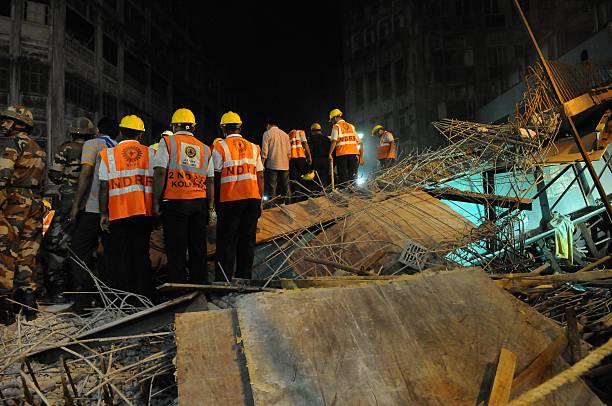
Source: Getty images
February 26: The Gokhale Bridge in Mumbai, which had partially reopened after six years of repairs, was found misaligned by 6.6 feet. This misalignment caused severe traffic chaos, drawing attention to the inefficiency in urban infrastructure planning and management.
- February 28: In Baihata Chariali, Kamrup, an under-construction flyover collapsed, claiming one life. The cause was traced to overweight materials and inadequate wooden support structures, sparking public protests.
- February 14: Udhampur Tunnel Collapse – A portion of the tunnel under construction on the Jammu-Srinagar highway collapsed, blocking the vital transportation route for hours. This incident highlighted safety lapses during infrastructure development in the region.
- February 18: Mumbai Water Supply Disruption – A major pipeline burst disrupted water supply to several parts of Mumbai, affecting millions of residents and highlighting weaknesses in urban water infrastructure.
March 2024
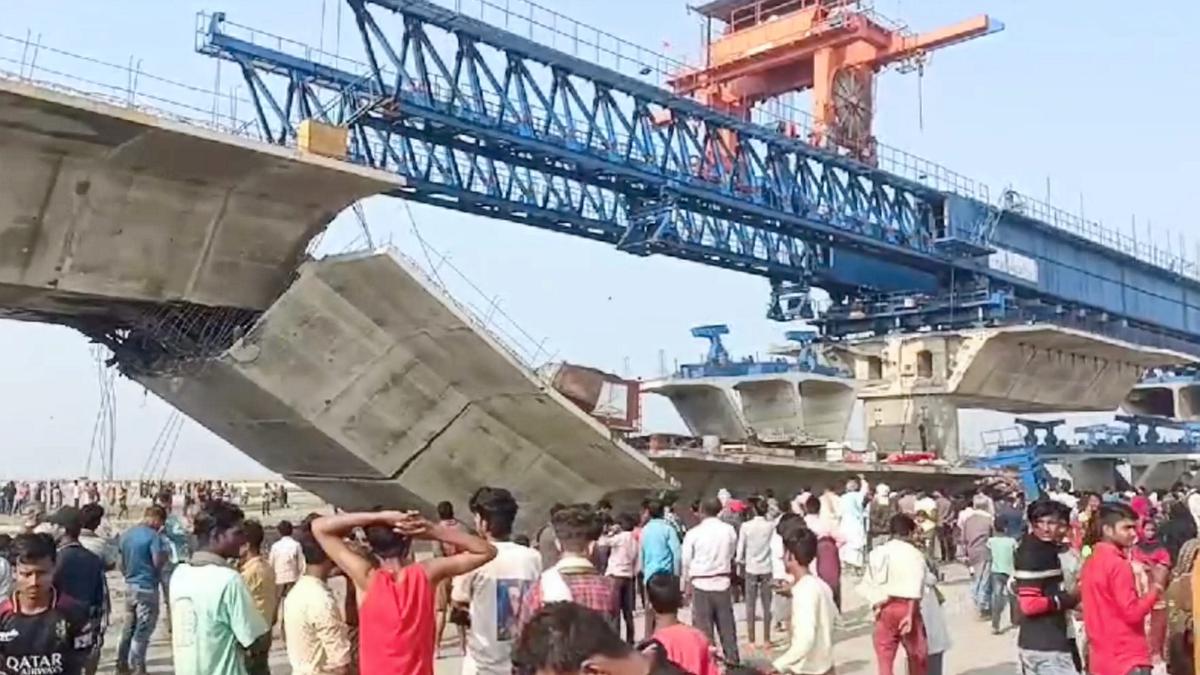
Source: The Hindu
- March 22: A section of the under-construction Supaul Bridge in Bihar, connecting Madhubani and Bakaur districts, collapsed over the Koshi River. The collapse caused one fatality and several injuries, attributed to poor safety measures and inadequate construction oversight.
- March 11: Udhampur-Katra Train Derailment – A train derailment near Udhampur, Jammu & Kashmir, injured 17 people. The incident called attention to the insufficient investment in railway safety systems.
- March 28: Mumbai Building Collapse – A multi-story building in Mumbai’s Lalbaug area collapsed due to weak foundation and poor maintenance practices.
May 2024
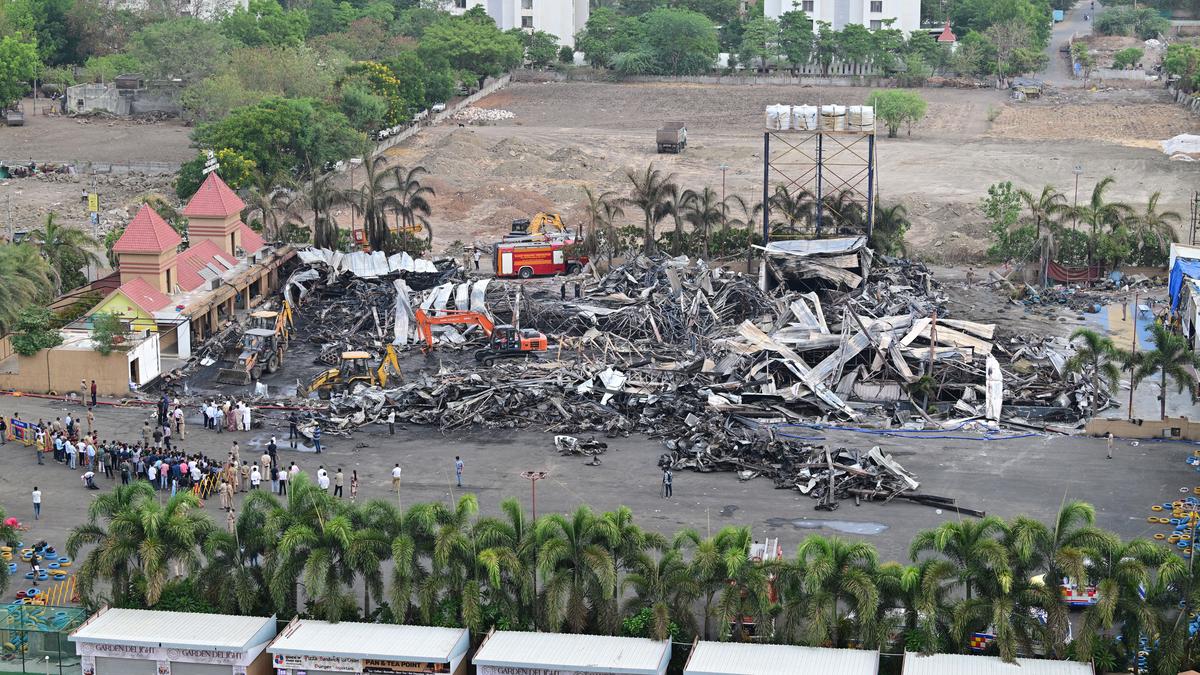
Source: The Hindu
- May 25: A fire at the TRP Game Zone in Rajkot, Gujarat, broke out due to welding work. The rapidly spreading flames, fueled by go-kart racing fuel, endangered 70-80 people. The lack of emergency exits highlighted the severe deficiencies in fire safety protocols.
- May 30: Hyderabad Road Tunnel Collapse – A newly constructed road tunnel collapsed, damaging several vehicles. The tunnel, built as part of a major city expansion project, faced scrutiny for poor quality control during construction.
June 2024
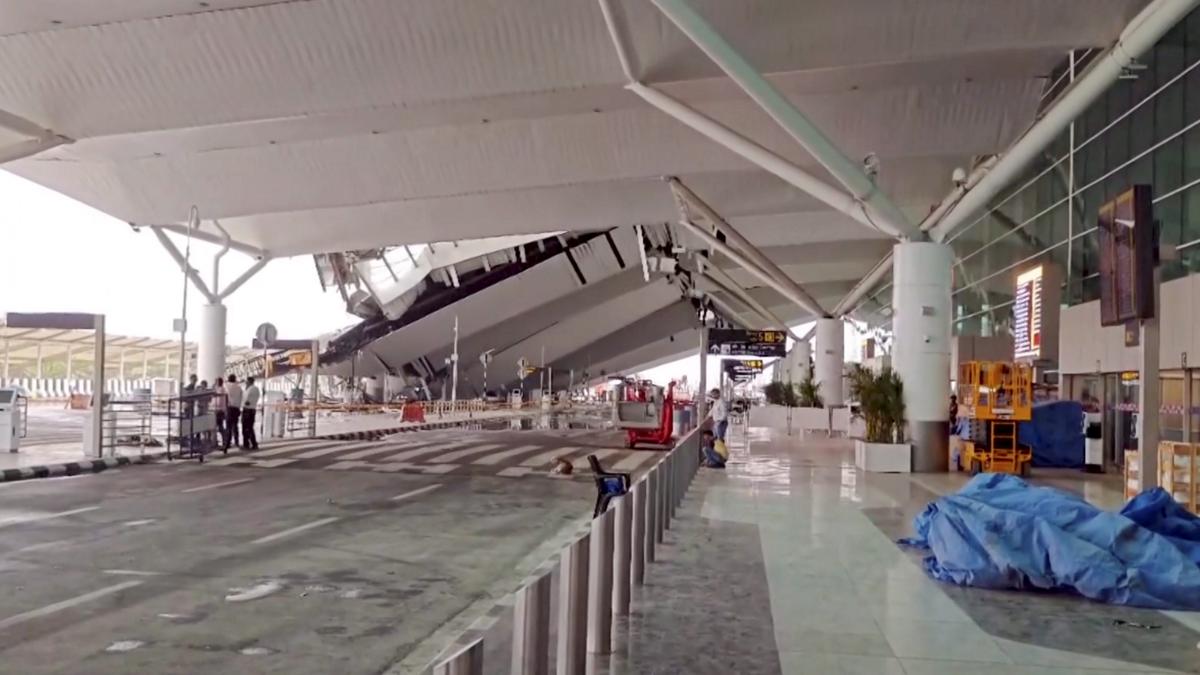
Source: The Hindu
- June 17: A goods train collided with the Sealdah–Agartala Kanchanjunga Express near Rangapani station, killing 11 and injuring over 60 people. This incident emphasized the pressing need for stronger railway safety protocols.
- June 28: A canopy at Delhi’s Indira Gandhi International Airport collapsed, killing one person and injuring eight. The incident, which occurred during heavy rains, raised questions about the resilience of airport infrastructure.
- June 15: Bihar Bridge Collapse – A bridge over the Gandak River in Bihar collapsed, causing disruptions to local transportation. Multiple incidents in Bihar highlighted the state’s lack of proper construction practices and the need for better monitoring systems.
- June 22: Mumbai Building Fire – A high-rise office building in Mumbai’s Lower Parel area caught fire due to a short circuit. The fire led to significant property damage but no fatalities. The incident raised concerns over fire safety measures in commercial buildings.
July 2024
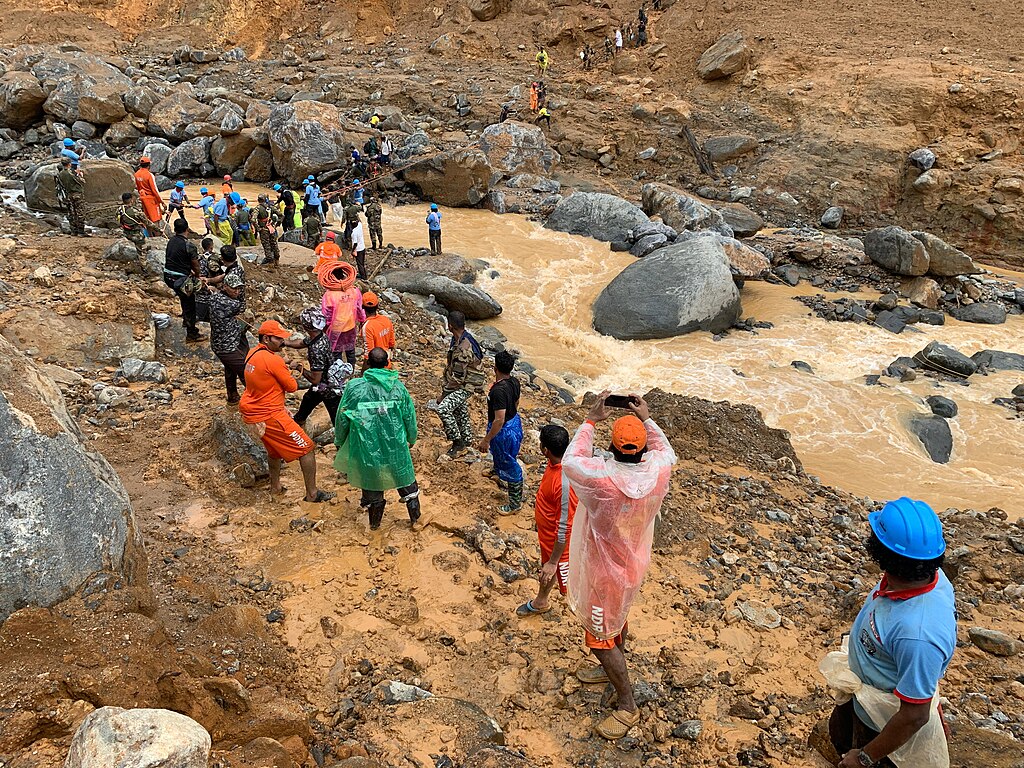
Source: Wikipedia
- July 2: A portion of the Gurugram-Sohna flyover caved in, trapping a school bus. Thankfully, no casualties occurred. The incident prompted urgent calls for improved oversight in flyover construction.
- July 4: A flyover slab collapsed on the Western Express Highway in Mumbai, narrowly missing a vehicle. The incident exposed the weak structural integrity of flyovers in urban areas.
- July 30: In Wayanad district, Kerala, heavy rains triggered landslides, killing over 420 people. The tragedy highlighted the environmental degradation and the poor construction practices contributing to the vulnerability of hill stations and rural areas.
- July 18: Kolkata Metro Water Leak – A leak in a section of the Kolkata Metro flooded underground stations and tracks. The incident disrupted the metro network for hours, raising concerns about the maintenance and safety of urban transit systems.
September 2024
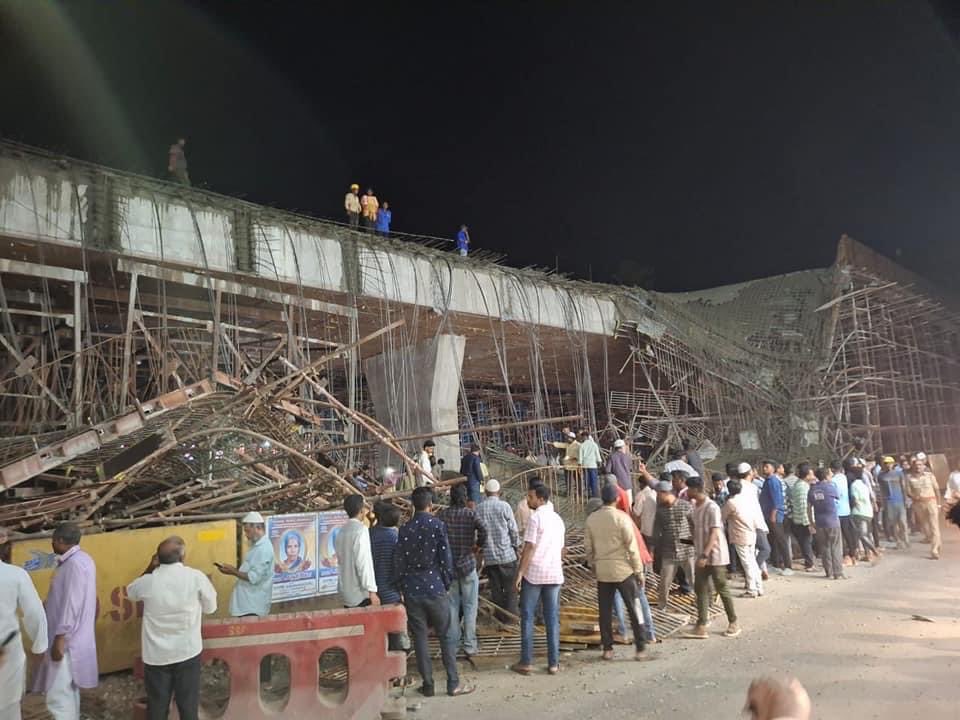
Source: X
- September 22: Scaffolding collapsed on the Chennai-Bengaluru highway, injuring six workers. Investigations pointed to lapses in safety standards, and the incident underlined the need for stricter regulations for construction sites.
- September 9: Bihar Floods – Torrential rains caused rivers to overflow, drowning 46 people during festivities across 15 districts. Poorly constructed embankments and lack of disaster management infrastructure exacerbated the damage.
October 2024
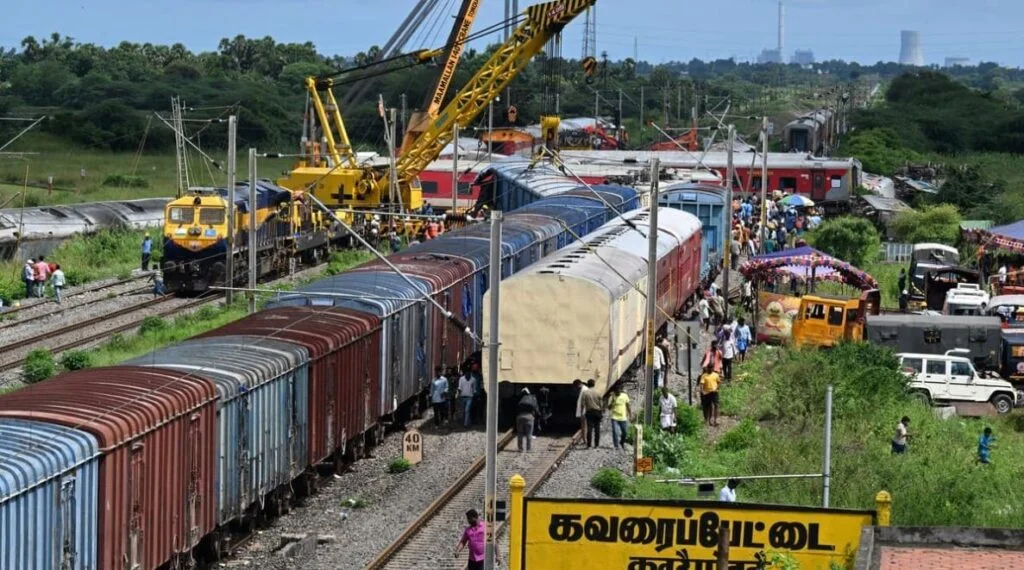
Source: AIFAP
- October 11: The Bagmati Express collided with a stationary goods train near Chennai, derailing 13 coaches and injuring 19 passengers. The tragedy once again highlighted the vulnerability of India’s rail system.
- October 20: Mumbai-Ahmedabad Bullet Train Corridor Collapse – A temporary structure for the Mumbai-Ahmedabad Bullet Train project collapsed near the Mahi River, killing three workers. This incident raised serious questions about the planning, safety, and execution of India’s flagship infrastructure project.
- October 29: Patna Floods – Over 10,000 people were displaced in Patna after the Ganges and Patna rivers breached their banks due to continuous rainfall. Poor urban drainage and flood management exacerbated the impact of the disaster.
November 2024
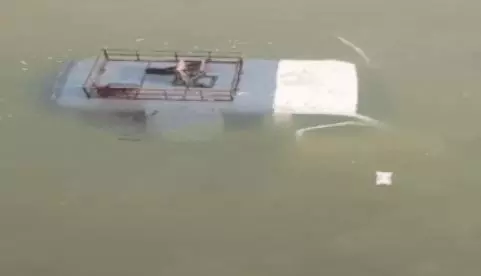
Source: Deccan Chronicle
- November 5: A 150-year-old bridge over the Ganga in Kanpur collapsed in the early hours, causing severe disruptions to road traffic. Although no casualties were reported, the incident highlighted the neglect of aging infrastructure in the country.
- November 26: The Chhattisgarh Bus Tragedy involved a bus falling into a river, resulting in the deaths of 35 people. A major issue was the lack of proper railing and safety barriers on bridges across rural areas.
December 2024
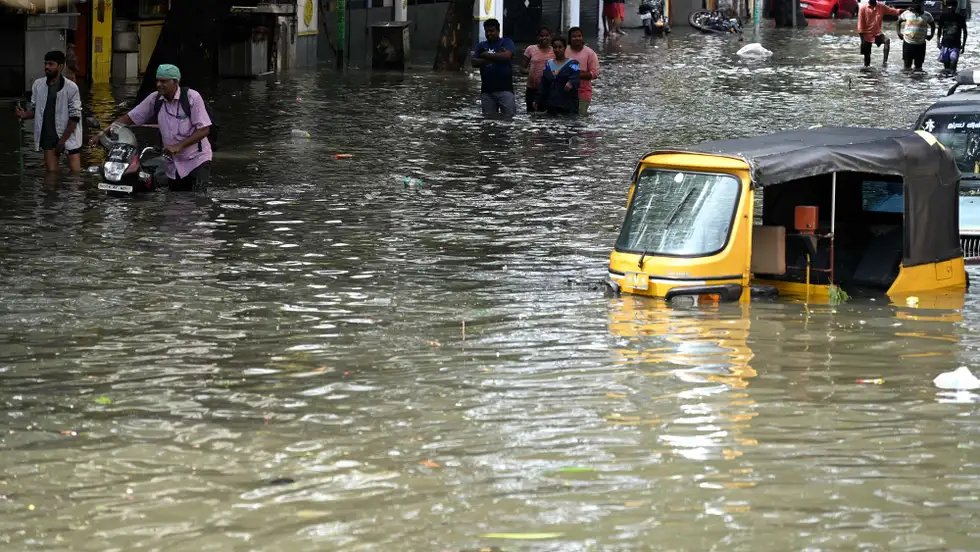
Source: The Weather Chennai India
- December 5: A 150-year-old bridge over the Ganga River in Kanpur collapsed, causing significant traffic disruptions. Though no casualties were reported, the incident highlighted the risks of aging infrastructure and the urgent need for timely maintenance and upgrades in the nation's transport networks.
- December 12: Cyclone Fengal brought heavy rains and strong winds, causing structural damage across Tamil Nadu and Puducherry. Several buildings collapsed, leading to casualties. The cyclone also triggered widespread power outages and transportation disruptions, underscoring the vulnerability of infrastructure to extreme weather events and the importance of resilient disaster preparedness.
- December 15: Heavy rainfall caused the overflow of the Budameru Rivulet in Vijayawada, leading to severe flooding. Thousands of residents were displaced, and significant property damage occurred. This event highlighted the need for effective flood control measures and urban planning in flood-prone areas.
- December 20: Late December brought heavy rains that triggered landslides in Wayanad district, leading to loss of life and property damage. The incident emphasized the necessity for improved slope stabilization techniques and early warning systems to protect residents in hilly terrains.
Recurring Challenges in 2024
- Urbanization & Environmental Impact: Unplanned urbanization has exacerbated the effects of floods, landslides, and other natural disasters, leading to significant infrastructure failures.
- Climate Change: Rising temperatures and erratic monsoons have made natural disasters more frequent and intense, placing further strain on India’s infrastructure.
- Negligence & Corruption: A recurring theme in many incidents, such as bridge collapses and flyover failures, was the use of substandard materials and lack of proper oversight during construction.
Lessons from 2024 Infrastructure Disasters
The series of infrastructure failures in 2024 highlighted several critical lessons for India’s development. First, there is an urgent need for enhanced safety protocols at every stage of infrastructure projects, from planning and design to construction and maintenance. Numerous incidents were attributed to poor safety standards, such as the collapse of bridges and flyovers, and they underscore the importance of adhering to stringent regulations and ensuring quality control. Additionally, investment in disaster management is crucial, as many of the failures were exacerbated by a lack of preparedness for natural calamities like floods and landslides. The rise in environmental challenges, coupled with poor planning in urbanization, points to the necessity for environmental considerations in infrastructure projects. Moreover, negligence and corruption in construction, such as using substandard materials or skipping safety inspections, emerged as a key factor behind these disasters, demanding stronger regulatory enforcement. Finally, the recurring failures reveal the need for public-private partnerships, where the expertise of both sectors can come together to improve resilience, quality, and safety in infrastructure development.
Way Forward for India's Infrastructure Development
To prevent such disasters in the future, India must adopt a comprehensive, multi-pronged approach. Stronger regulatory reforms are essential to enforce safety standards and hold developers accountable. This includes more rigorous inspections and penalties for non-compliance, as well as ensuring that construction companies adhere to environmental guidelines. Moving forward, investment in disaster-resistant infrastructure is vital. The country must prioritize resilient designs that can withstand extreme weather events, as climate change continues to intensify natural hazards.
The government should also foster greater collaboration with the private sector, leveraging advanced technologies and management strategies to enhance the quality of infrastructure projects. Lastly, there must be a greater focus on long-term planning that incorporates risk assessments and disaster management strategies to safeguard infrastructure against the growing threats posed by urbanization, climate change, and natural disasters. Only through these concerted efforts can India ensure the safety and sustainability of its infrastructure in the years to come.

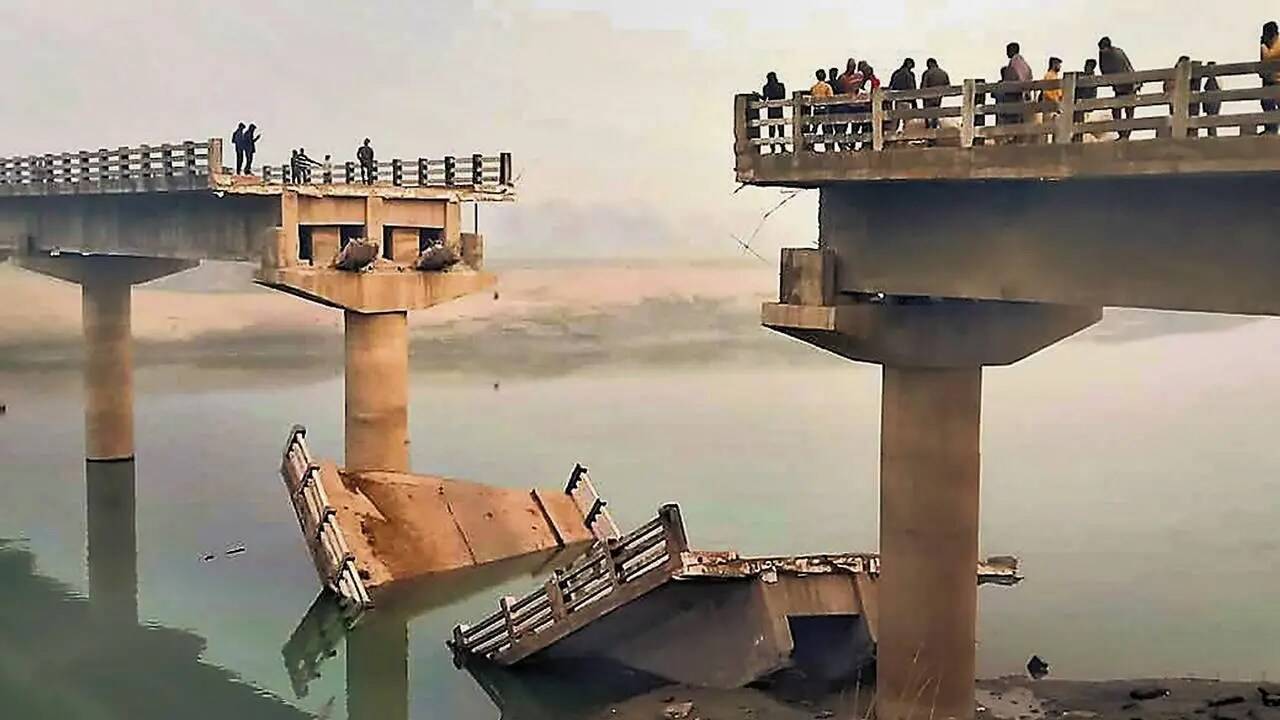
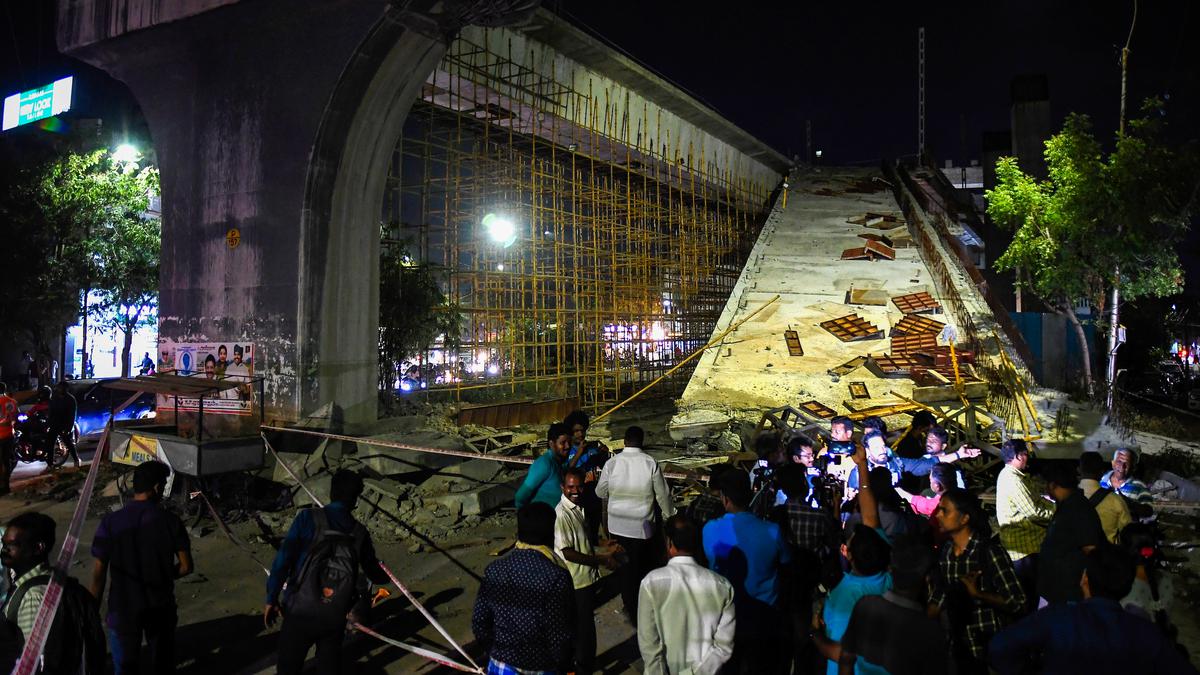
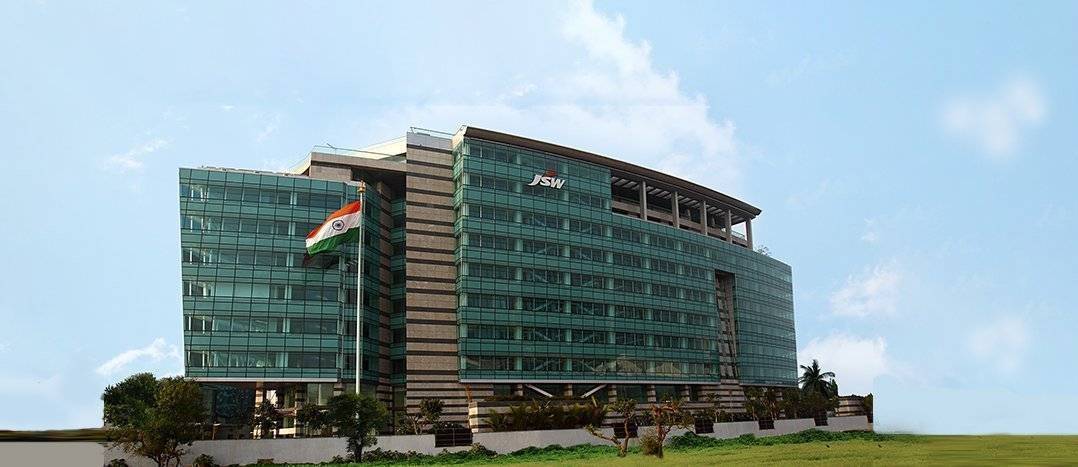



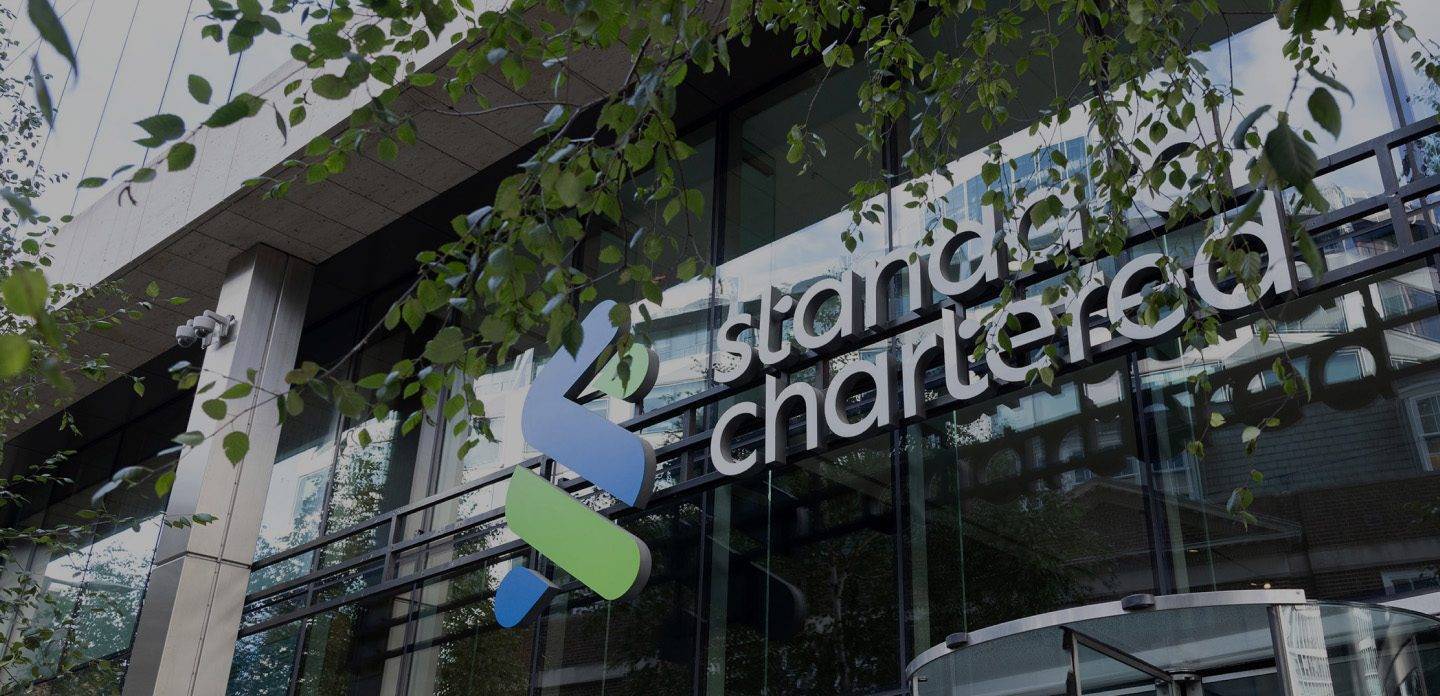

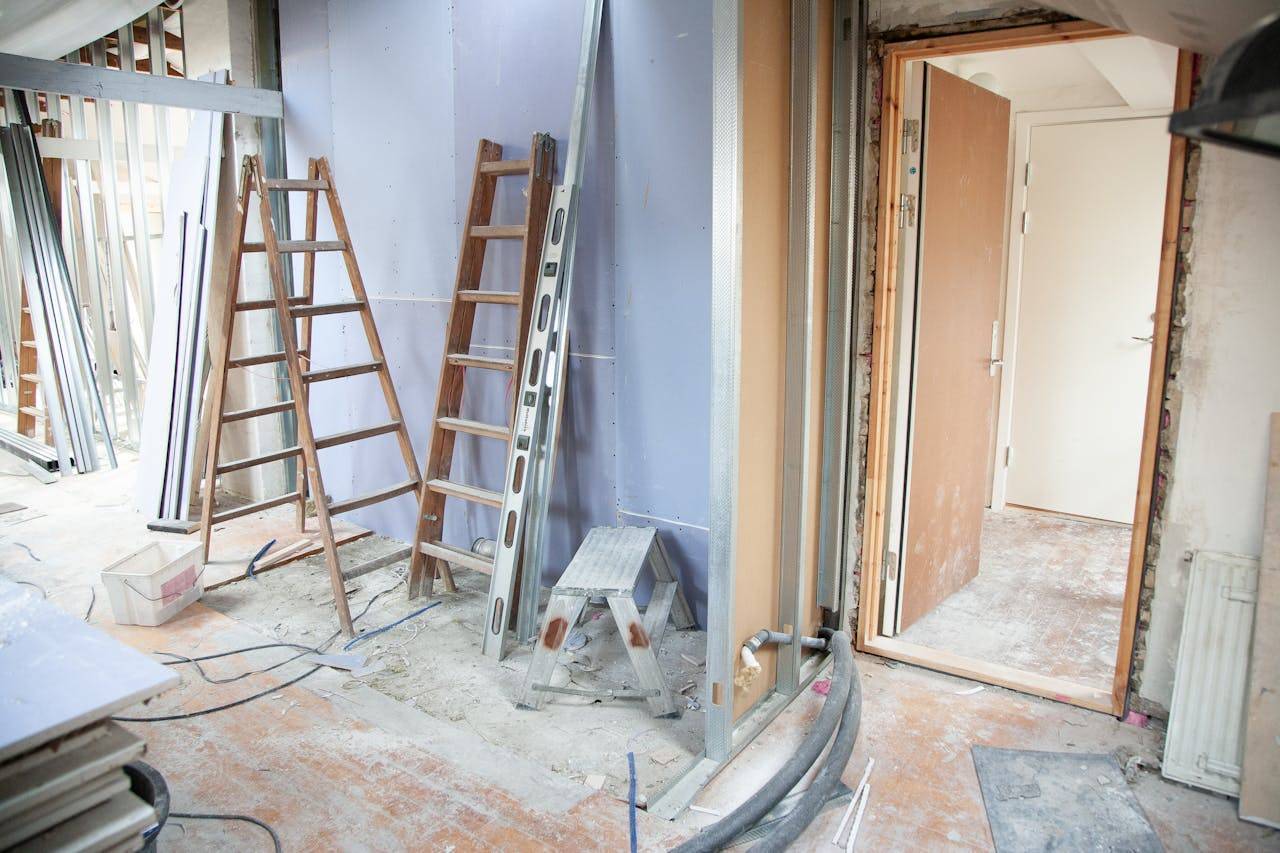
.png)